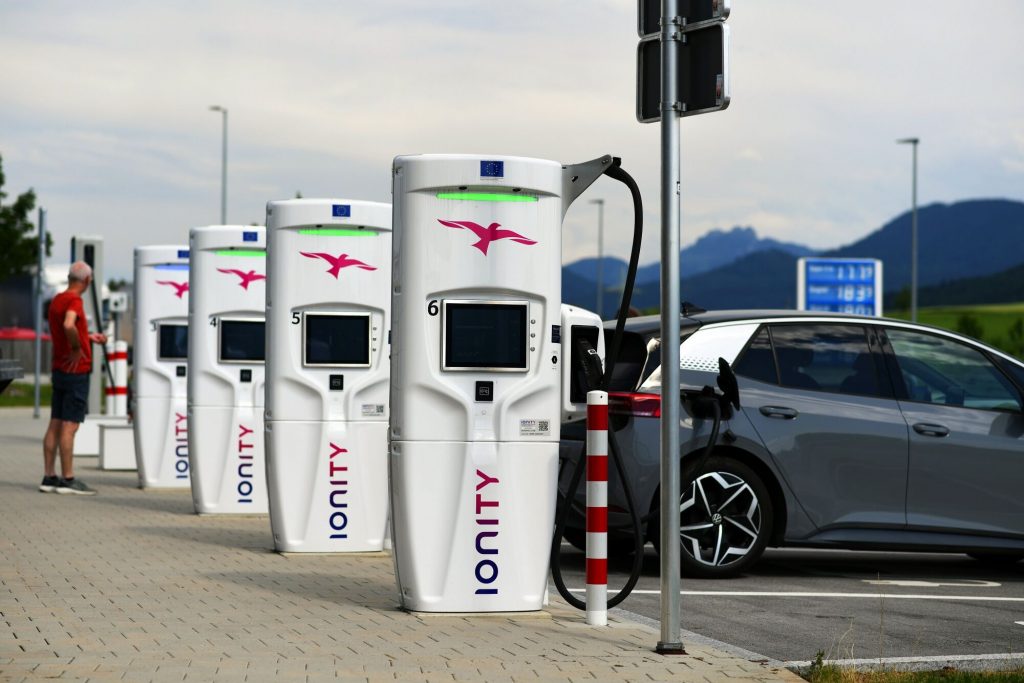As of 2024, the landscape of electric vehicles (EVs) in Europe is undergoing a remarkable transformation. With increasing environmental concerns, governmental regulations, and technological advancements, the shift towards electric mobility is more evident than ever. Here’s a comprehensive look at the current status of EVs in Europe.
Surge in EV Sales
The adoption rate of electric vehicles in Europe has seen a significant rise. In 2023, EV sales in Europe accounted for nearly 20% of all new car registrations, and this trend has continued into 2024. Countries like Norway, Germany, and the Netherlands are leading the charge, with Norway having over 80% of new car sales being electric. This surge is driven by several factors, including increased consumer awareness, improved vehicle range, and a broader selection of EV models available on the market.
Government Incentives and Regulations
European governments have played a pivotal role in the promotion of electric vehicles through various incentives and stringent regulations. Subsidies, tax breaks, and grants have made EVs more affordable for consumers. Additionally, several countries have implemented bans on the sale of new internal combustion engine (ICE) vehicles, with Norway aiming for 2025 and other countries like the UK, France, and Germany targeting 2030–2035. These measures have accelerated the shift towards electric mobility.
Expansion of Charging Infrastructure
The expansion of charging infrastructure is crucial for the widespread adoption of EVs. Europe has made significant strides in this area, with over 500,000 public charging points as of 2024.

The European Union’s Green Deal has allocated substantial funding for the development of charging networks, ensuring that EV drivers have easy access to charging stations across the continent. Fast-charging networks, such as Ionity, are also expanding, reducing charging times and increasing convenience for long-distance travel.
Technological Advancements
Technological advancements have played a significant role in enhancing the appeal of electric vehicles. Improvements in battery technology have led to increased driving ranges, with many new models offering ranges of over 400 kilometers on a single charge. Furthermore, advancements in battery recycling and second-life applications are addressing concerns about the environmental impact of battery production and disposal.
Automotive Industry Shifts
The automotive industry in Europe is undergoing a profound shift towards electric mobility. Major automakers such as Volkswagen, BMW, and Mercedes-Benz have announced ambitious plans to transition their fleets to electric.

Volkswagen, for instance, aims to produce over 70 electric models by 2028 and expects EVs to account for 50% of its sales by 2030. These commitments reflect the industry’s recognition of the inevitability of electric mobility.
Challenges and Future Outlook
Despite the positive trends, challenges remain. The high cost of EVs, though decreasing, is still a barrier for many consumers. The availability of raw materials for batteries, such as lithium and cobalt, poses supply chain challenges. Additionally, ensuring a sustainable and equitable transition to electric mobility requires addressing the needs of all segments of society, including those in rural and less affluent areas.
Looking ahead, the future of electric vehicles in Europe appears promising. With continued governmental support, technological innovation, and industry commitment, EV adoption is expected to grow even further. By 2030, electric vehicles could account for the majority of new car sales in Europe, significantly reducing greenhouse gas emissions and contributing to the continent’s climate goals.
To cut a long story short, the status of electric vehicles in Europe in 2024 will be characterized by rapid growth, strong governmental support, expanding infrastructure, and ongoing technological advancements. While challenges remain, the momentum behind electric mobility is undeniable, positioning Europe as a global leader in the transition to a sustainable transportation future.














